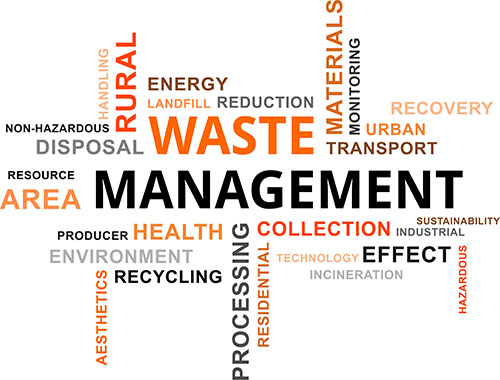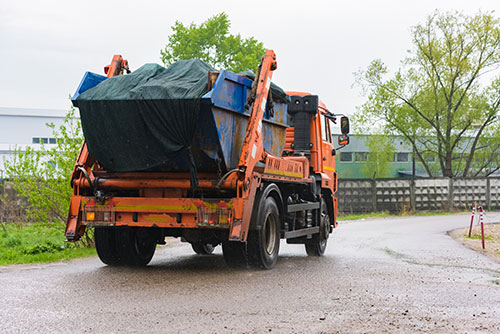Classification of Waste
Most remedial works projects and indeed most construction projects will require some form of disposal of waste. The revised Waste Framework Directive (2009/98/EC) defines waste as ͞any substance or object which the holder discards or intends or is required to discard͟. There is therefore a legal requirement to correctly classify the material for disposal.
The correct classification of waste is the foundation for ensuring that the collection, transportation, storage and treatment of waste is carried out in a manner that provides protection for the environment and human health and in compliance with legal requirements. From 1 June 2015, waste classification is based on:
- Commission Decision of 18 December 2014, amending Decision 2000/532/EC on the list of waste pursuant to Directive 2008/98/EC of the European parliament and of the Council (2014/955/EEC) (referred to hereafter as ͚The List of Waste (LoW)͛).
2. Commission Regulation (EU) No 1357/2014 of 18 December 2014, replacing Annex III to Directive 2008/98/EC of the European Parliament and of the Council on waste and repealing certain Directives.
Waste classification is a two-stage process. Firstly, the soil is subject to laboratory analysis and the analytical data presented by the laboratory is used to classify the material as either hazardous or non-hazardous waste. The procedure for waste classification is clarified in the Environment Agency͛s document entitled WM3.
The result of waste classification is a List of Waste code, which defines the source of the material and whether it is hazardous or non-hazardous. For oil pollution cases examples are 17-05-03* for hazardous soils and 17-05-04 for non-hazardous soils.
For free initial advice and assistance please call our emergency freephone helpline numbers:
1800 818873 (ROI) / 0800 0286020 (UK)
Alternatively you can email us at:
admin@spillresolve.com
If the waste is to be disposed to landfill then Waste Acceptance Criteria (WAC) analysis is required to determine whether the waste can disposed of to an inert landfill or hazardous landfill. WAC analysis is not used to determine whether the waste is hazardous, non-hazardous or inert.
SpillResolve provides the full range of consultancy services required to enable the correct classification of the waste. The correct classification of waste not only protects the producer of the waste, which in terms of residential properties is the registered property owner but also saves substantial costs particularly if the waste can be legally classified as non-hazardous and not hazardous.



